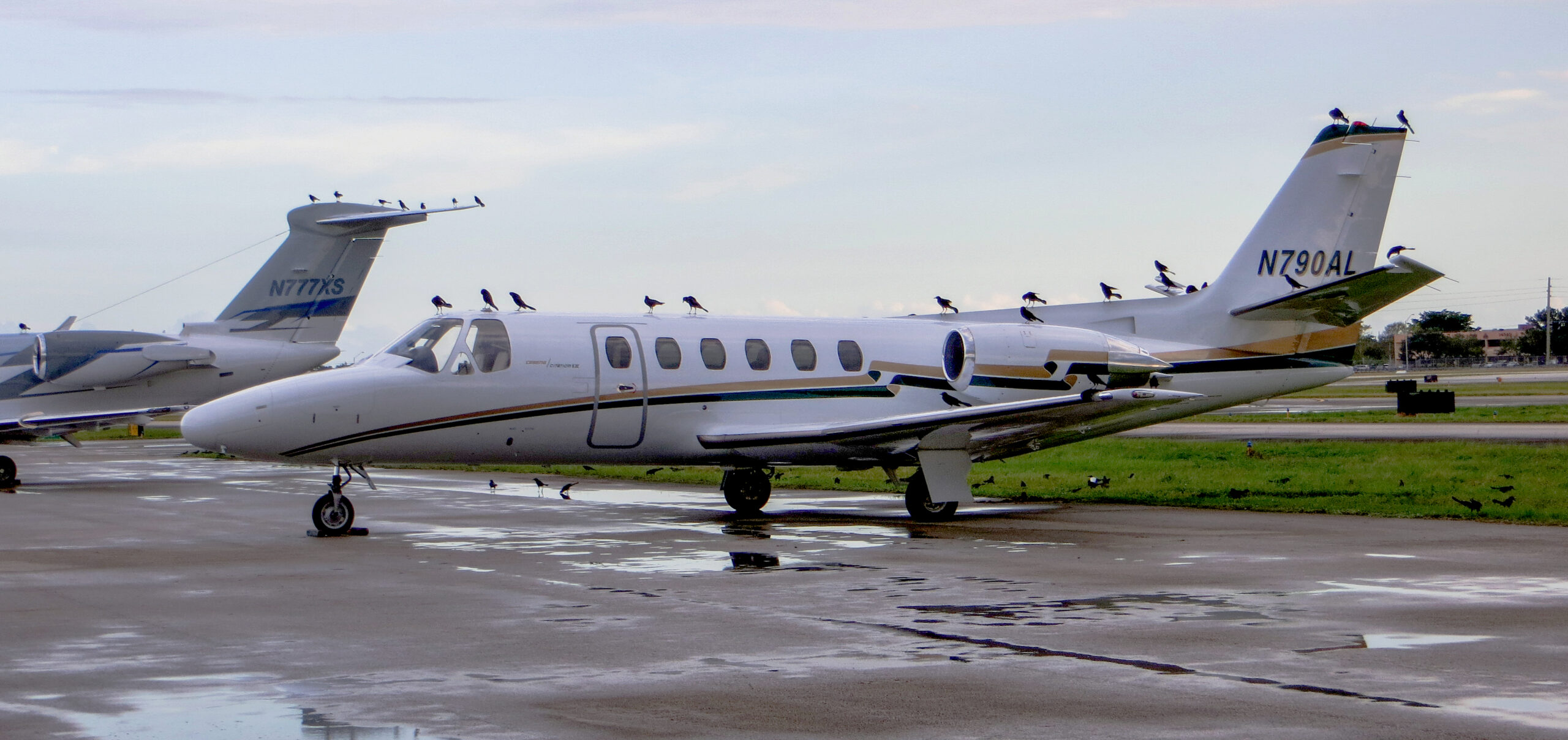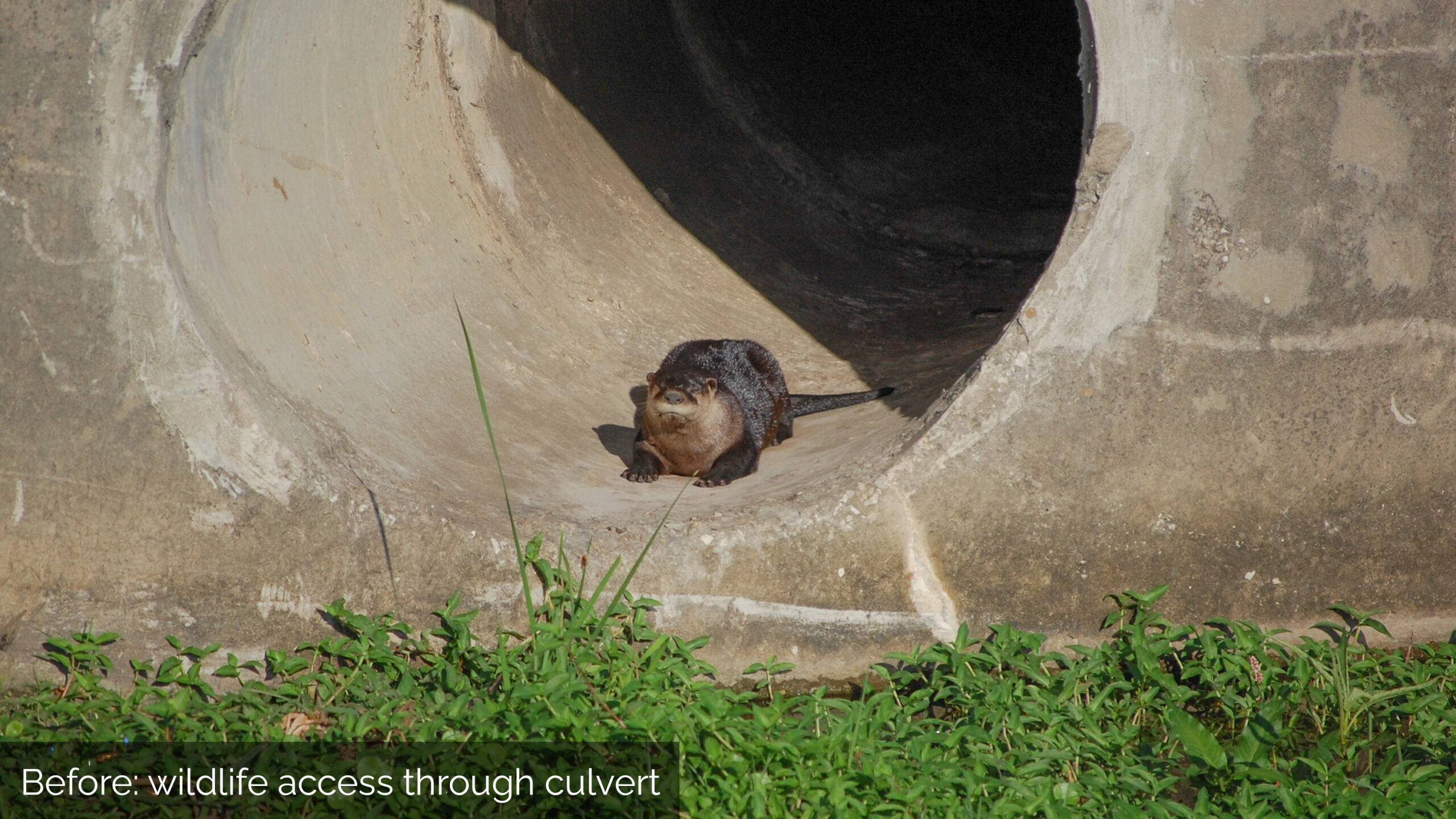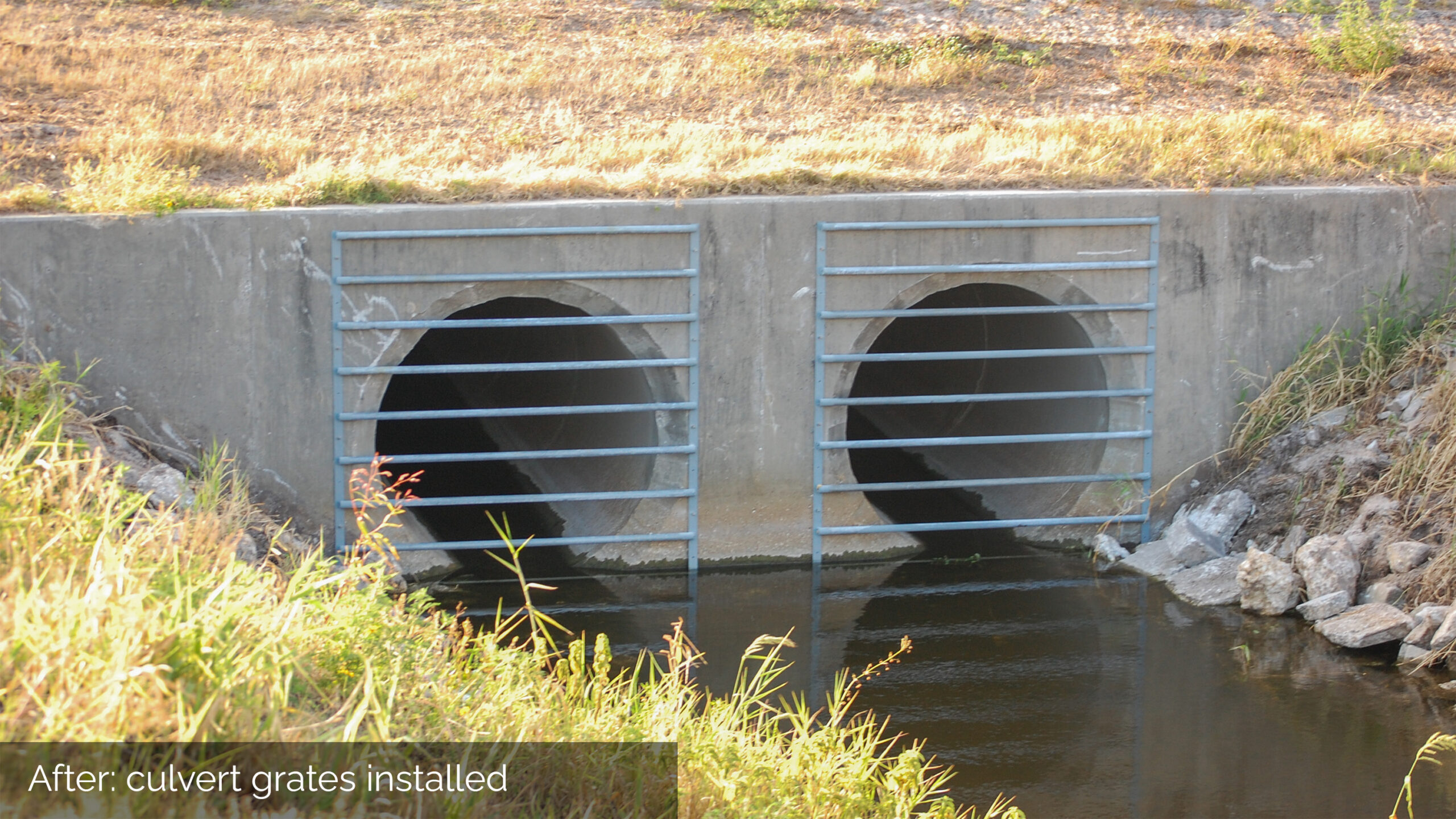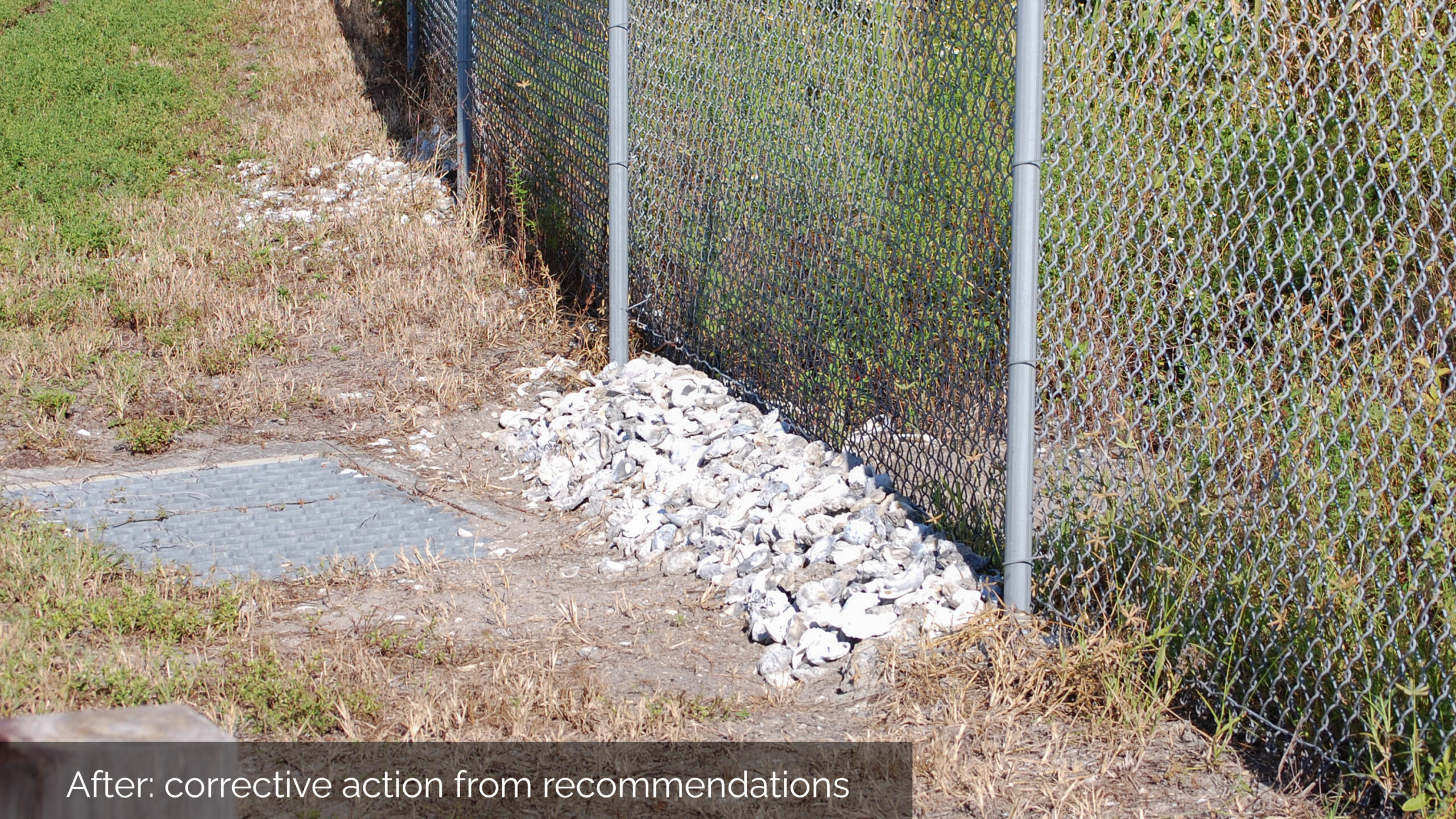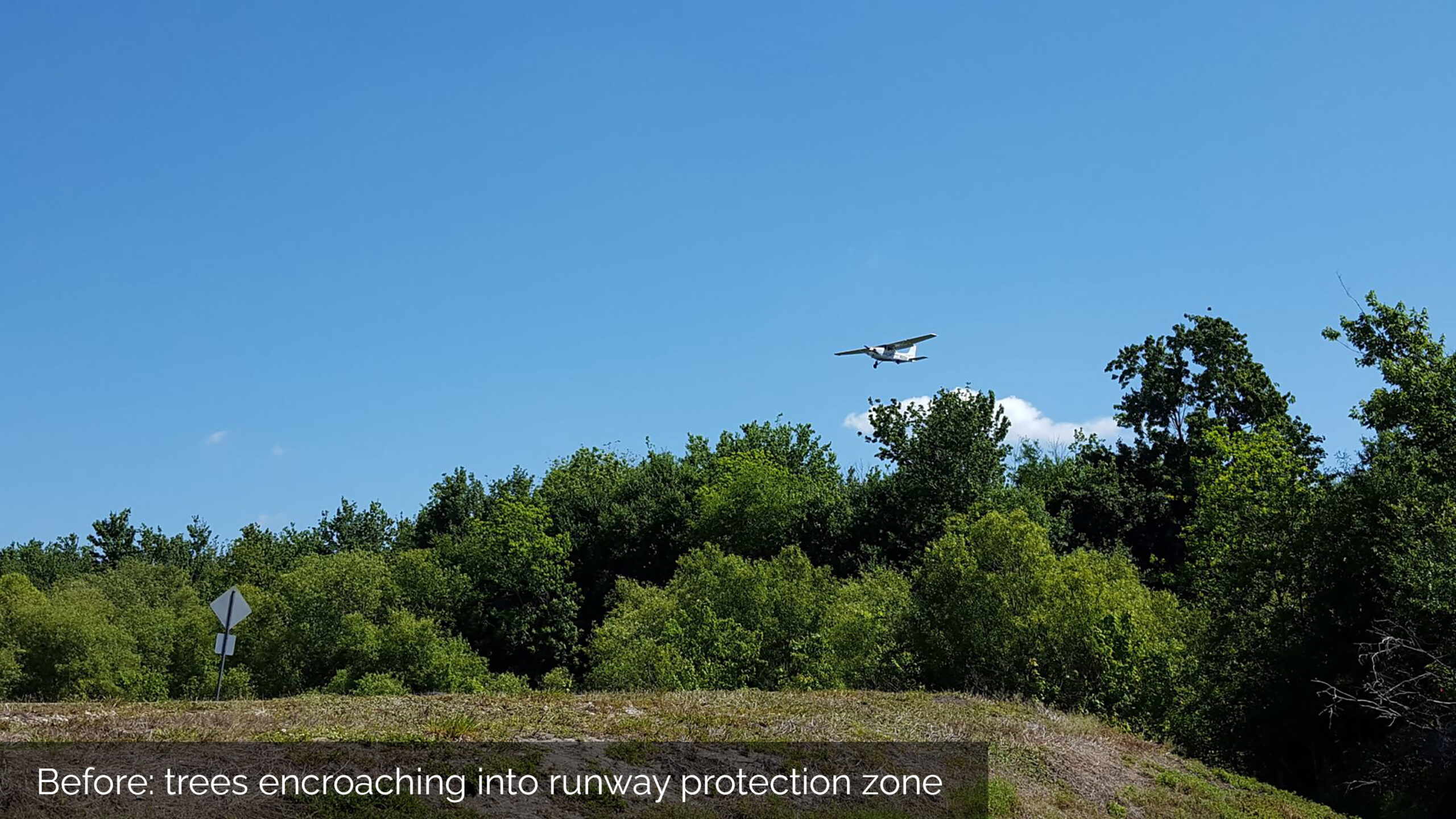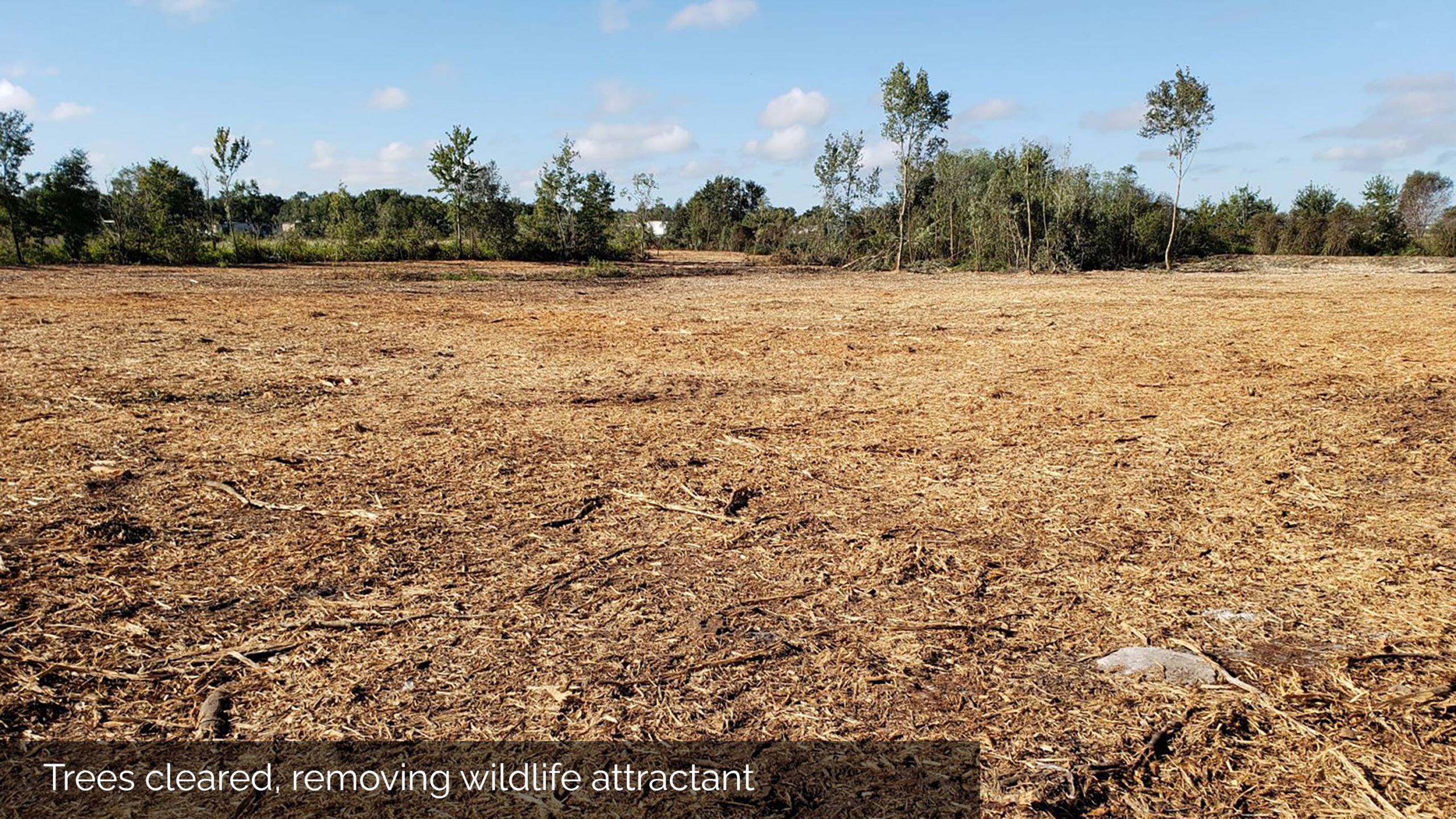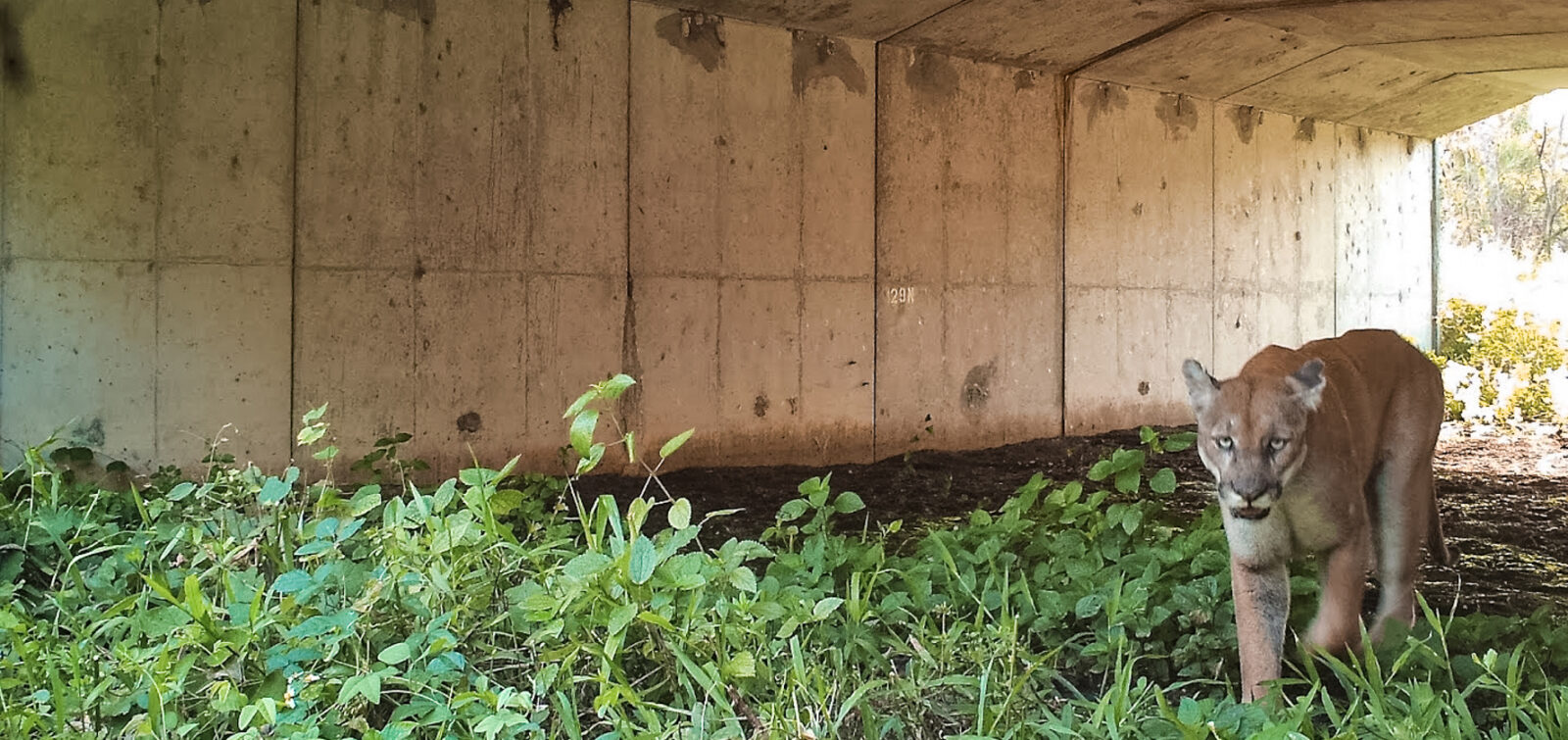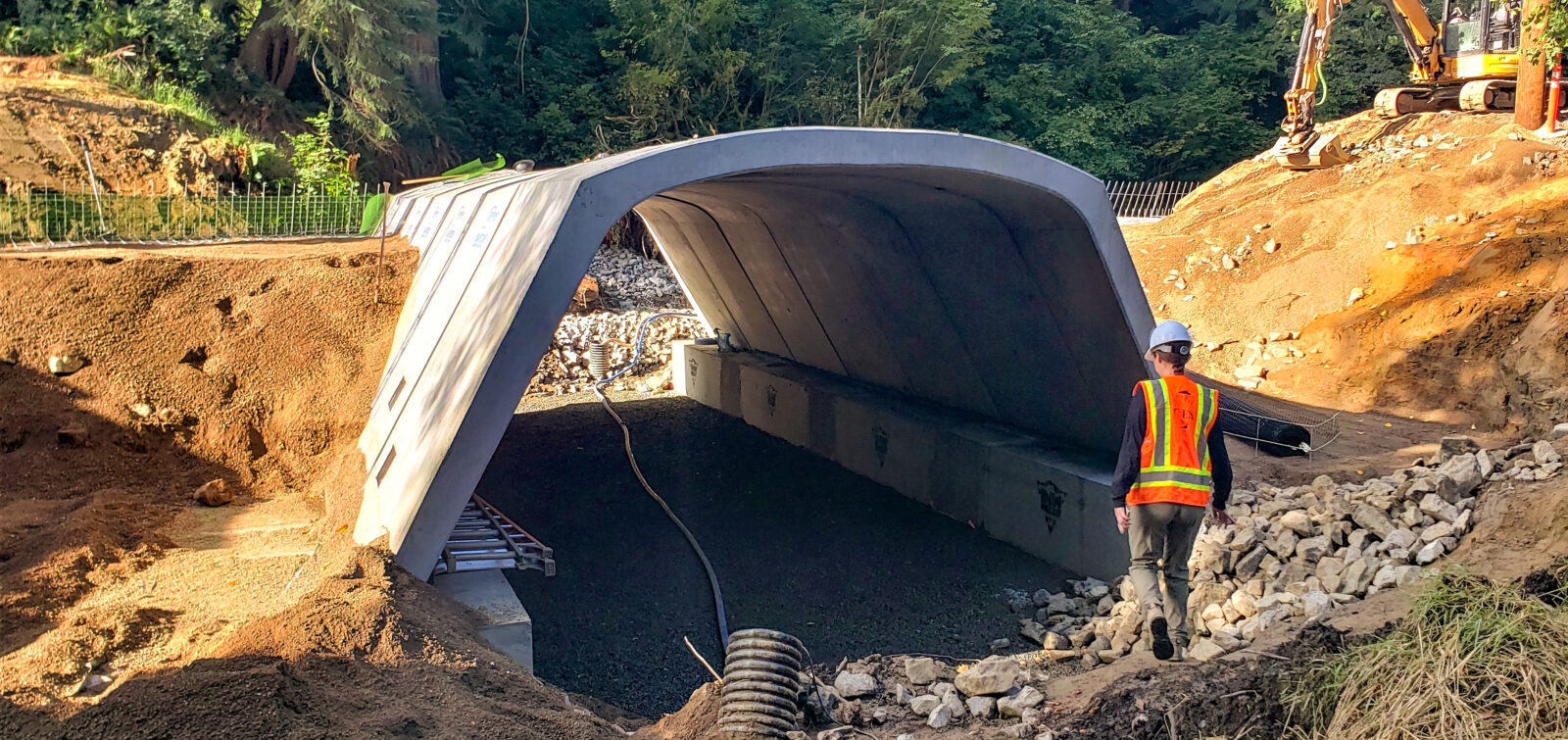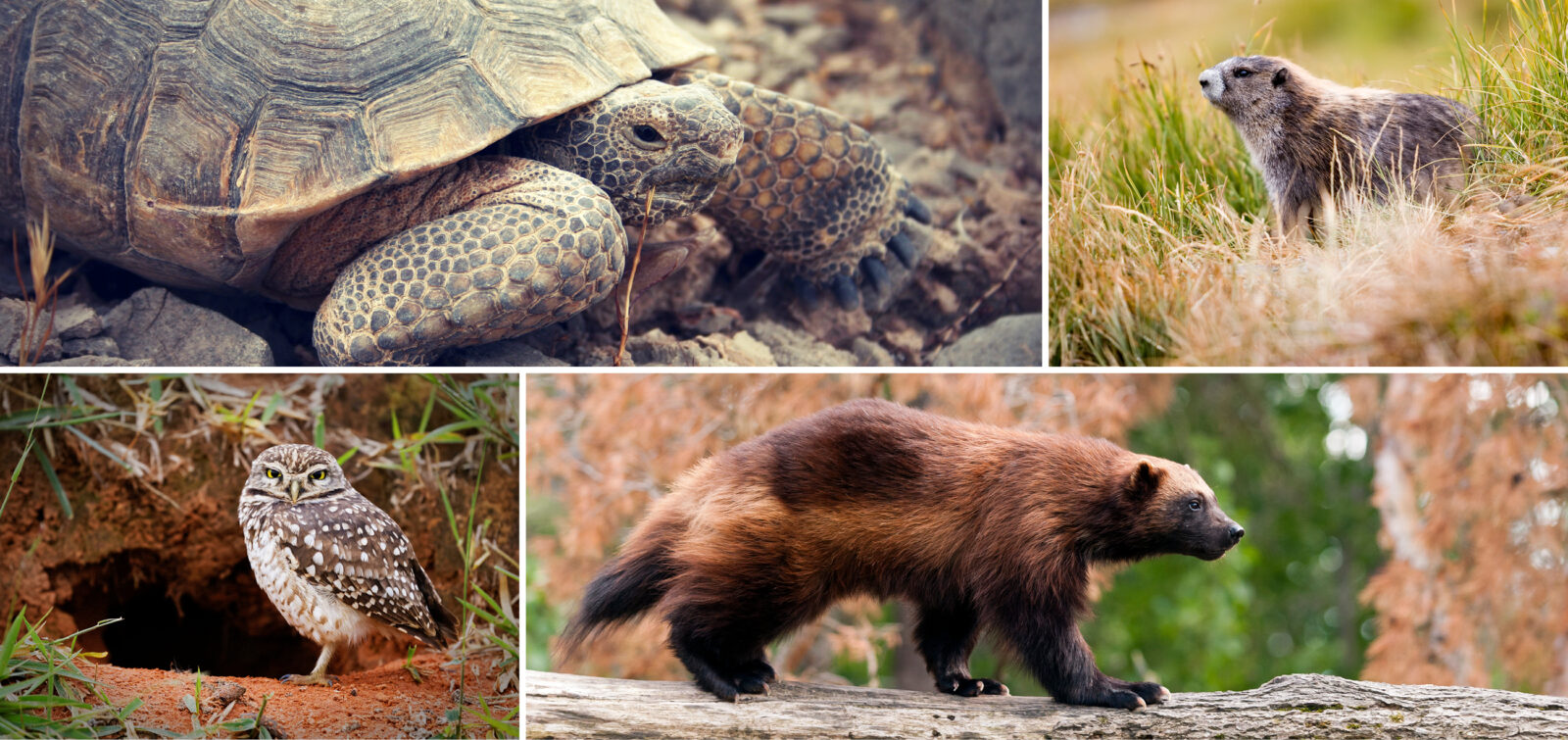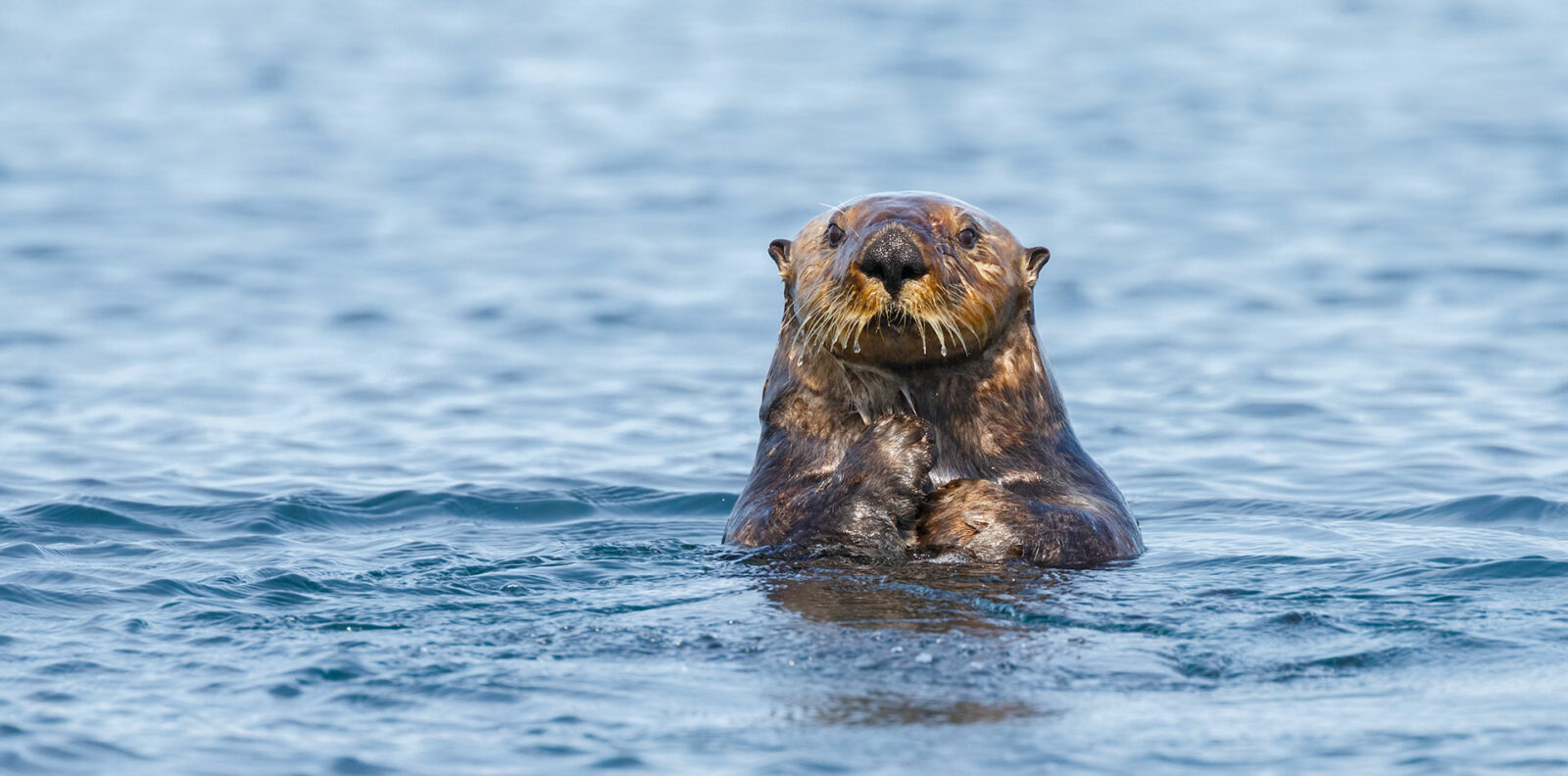As wildlife biologists, the core tenet of our work is the sustainable and responsible conservation of biological habitat, including protected species. However, sometimes achieving this looks a little different than one might think. Case in point, at an airport, wildlife movement and habitats naturally coincide with airplane operations. So, how do we manage attractive environments in and around flights paths, protecting both wildlife and the traveling public?
Reducing Potential for Conflict
At ESA, we are uniquely situated to assist airports in reducing and managing wildlife strikes. We currently have four—with additional in training—Qualified Airport Wildlife Biologists (QAWBs) on staff. ESA’s expertise in this area spans both coasts, and achieving the Federal Aviation Administration (FAA) designation requires meeting stringent education and training standards.
When US Airways Flight 1549 struck a flock of birds shortly after takeoff from New York’s LaGuardia Airport in 2009, the “Miracle on the Hudson” brought the issue of wildlife potentially dangerously interacting with airplanes into public light. Of course, this is something that airport operators have always needed to contend with, with Part 139 certified airports required to perform Wildlife Hazard Assessments (WHAs) every ten years or when a substantial change is made to the airport. Additionally, non-Part 139 (i.e., General Aviation) airports that obtain certain FAA Airport Improvement Project (AIP) grants are also required to conduct a WHA as part of grant assurances.
ESA’s QAWBs and related staff support all aspects of the development and implementation of an airport’s WHA and the resulting Wildlife Hazard Management Plan (WHMP)—which are used to analyze wildlife risks and alleviate hazards in airport operations. This includes designing studies, conducting field surveys, analyzing data, writing assessment reports, and ultimately writing, implementing, and updating the WHMP. We also provide airport operators with recommendations for site-specific wildlife issues and conduct on-the-ground annual wildlife hazard trainings for airport personnel.
Mitigation Measures in Practice
During the WHA process, QAWBs can discern a number of strategies that can be employed by airport operators to actually mitigate wildlife strikes, depending on the types of habitat and wildlife present. The goal of these tactics is to enhance safety to the traveling public while also achieving the best possible result for the wildlife, usually in the form of deterrence.
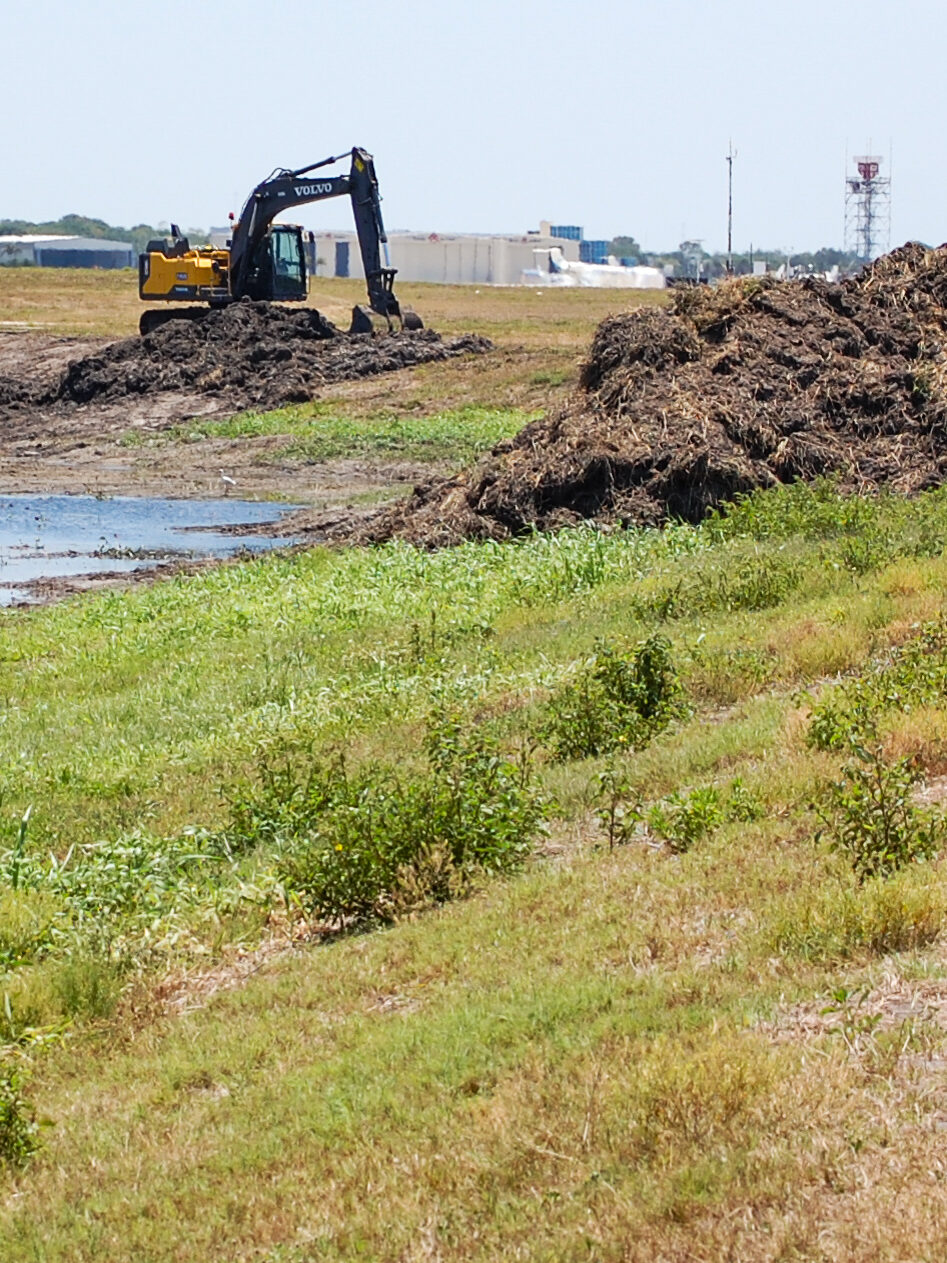
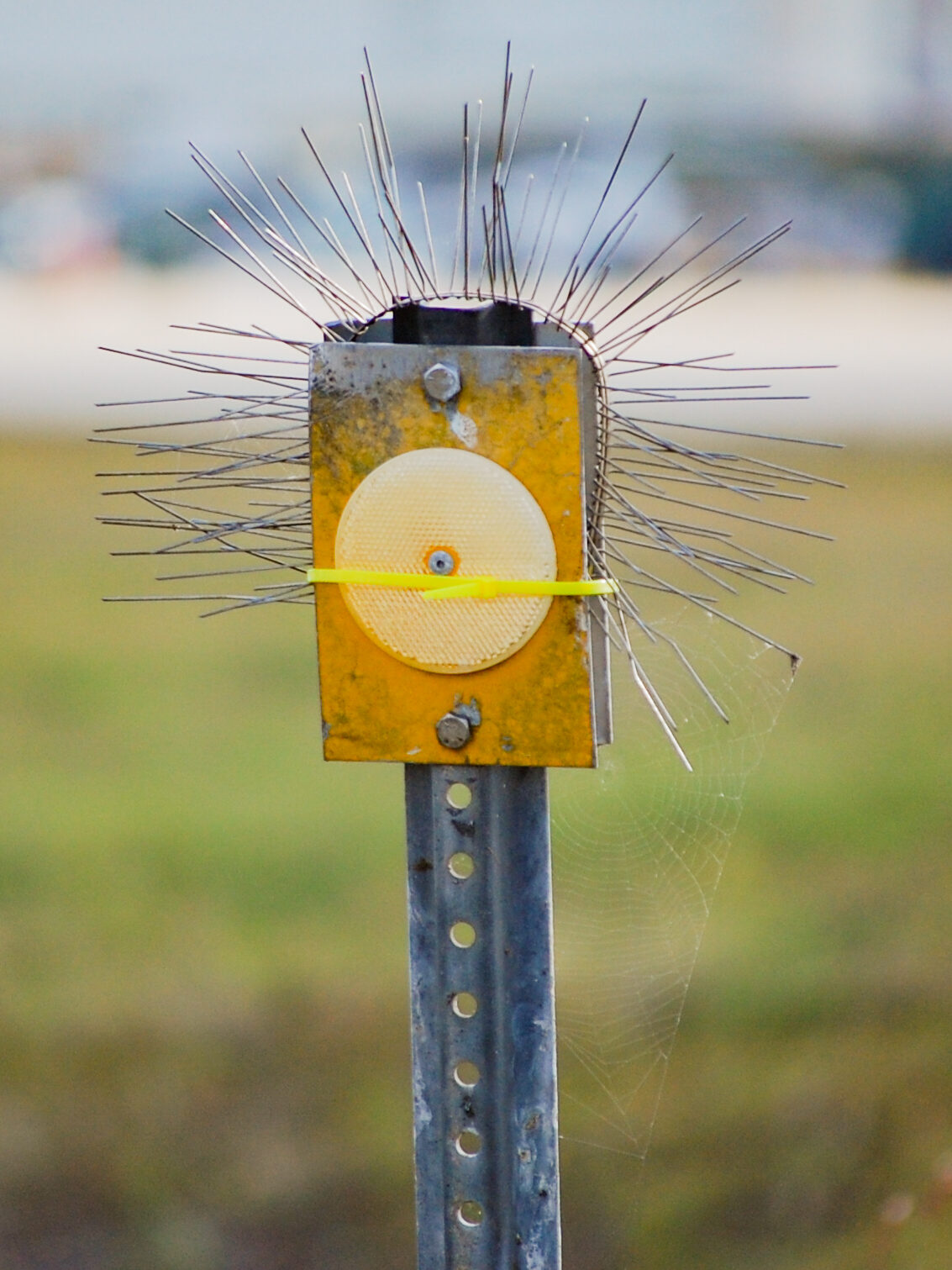
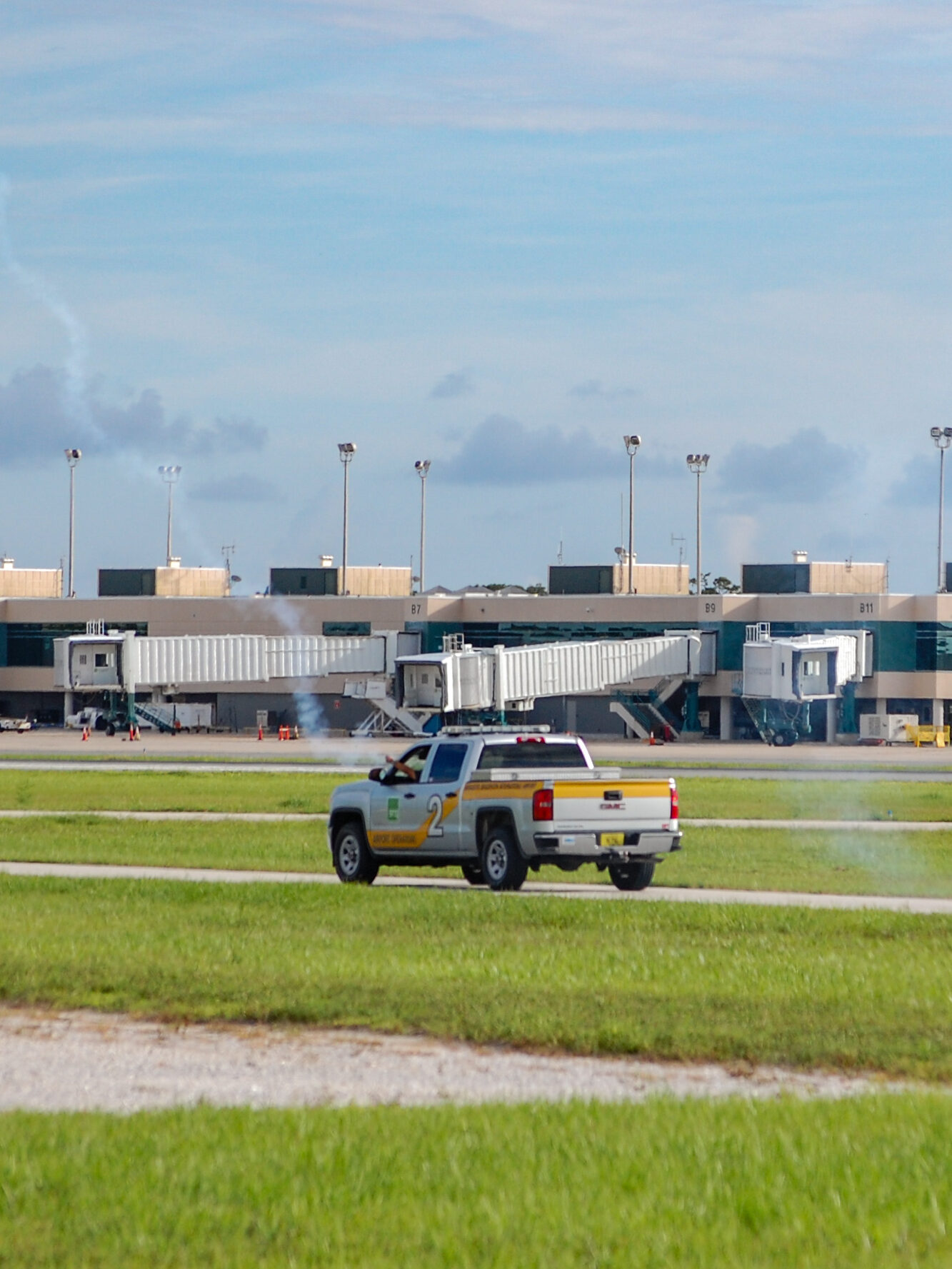
Above, wildlife deterrent tactics involve vegetation clearance and management, bird deterrent spikes, and pyrotechnics.
Landscaping the areas around an airport and runways is critical. Trimming vegetation down and ensuring it remains dense eliminates the ability for wildlife to forage, thereby causing them to avoid the area. This could take the form of converting forested systems into herbaceous marshes, or potentially covering wetland areas. Often, metal bars can be weaved within chain link fences around an airport to create a barrier for wildlife attempting to dig underneath and into the airport area. Other deterrence tactics like pyrotechnics, paintballs shot at the ground, and the use of vehicles and sirens can be initiated daily in the early morning before airports become busy. These tactics are never squarely directed at wildlife and are not harmful to them, and instead are a non-invasive way to help ensure they do not enter an airplane’s path.
Sarasota-Bradenton International Airport
ESA conducted a WHA at Sarasota-Bradenton International Airport (SRQ) to evaluate the effectiveness of the existing WHMP and provide additional recommendations to minimize wildlife hazards at the airport. The year-long study was conducted, and though SRQ was implementing the existing WHMP, ESA was able to provide additional recommendations during the survey. The airport was very responsive to any potential wildlife hazards that were reported by ESA and promptly implemented corrective actions, generally before the next survey event. For example, when wildlife began to breach a perimeter fence by digging out the existing shell rock, Dig Defence was successfully installed, based on ESA’s recommendations in the WHA to prevent this. This team effort by ESA and the SRQ operations personnel further reduced wildlife hazards and increased public safety at the airport.
Lakeland Linder International Airport
ESA assisted Lakeland Linder International Airport (LAL) with obtaining a permit for the conversion of a forested wetland to a shrubby/herbaceous feature as the wetland had been encroaching into the runway protection zone at the approach end of a runway at the airport. In removing the forested components, wildlife utilization of the wetland was a major safety concern for the airport. Once the clearing activities were complete, LAL operations implemented intensive harassment practices to deter any wildlife, specifically birds, from utilizing the wetland before the vegetation could grow back. With ESA providing planting and maintenance assistance, the vegetative cover filled in to a point that provided little to no foraging opportunities for wildlife within two growing seasons. LAL considered this project a great success, and currently wildlife utilization of the wetland has been reduced significantly.
As the way we travel has evolved, it has become our responsibility to find solutions that put both wildlife stewardship and the safety of the traveling public at the forefront. If you are in need of a Wildlife Hazard Assessment or would like to discuss specific wildlife issues at your airport, please reach out to one of our Qualified Airport Wildlife Biologists:

Julie Sullivan

Brendon (BJ) Quinton

Craig Stout

